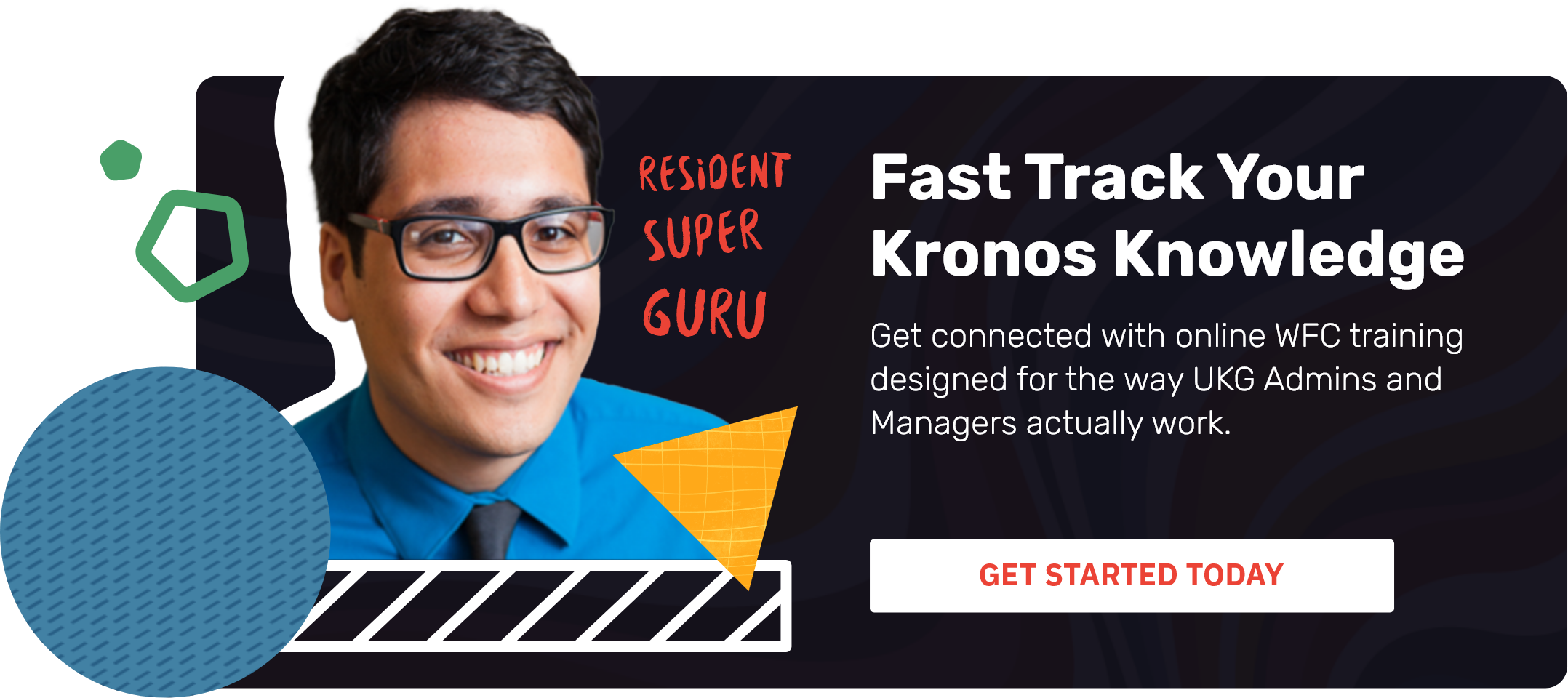

You know that Change Enablement is important to your ROI but can't quite get your head around how to integrate it into your next technology initiative. Don't worry, you aren't alone. Change Enablement isn't a skill set you master overnight. It takes years of knowledge and hands-on experience to understand the tools of Change Enablement, the workforce nuances that affect it, and how to leverage it to drive a new technology adoption.
What Is Change Enablement?
Change Enablement (often called Change Management) is the process used to equip individuals with the knowledge and skills they need to successfully adapt to a new technology, process, or policy designed to grow business results.
Change Enablement zeros in on the front line users. The Change Enablement process assesses a businesses culture, its history, individual workflows, and the obstacles that might obstruct a new technology adoption.
Once an assessment is made, a customized Change Enablement plan is created and implemented in conjunction with a new technology initiative. The plan — lead by a Change Enablement team — helps users adopt new behaviors, skills, and efficiencies and avoid the hardships both technical and emotional that can accompany change. This tailored "enablement" approach helps individual users not only accept the current change but also transform his or her thinking to embrace ongoing change.
Why Your IT Project Needs Technology Change Management
Any time a project expects individuals to change some aspect about the way he or she works, Change Enablement is the fastest, most efficient way to bring about the desired change.
The stats are painful: Failed technology projects cost the U.S. economy approximately $50-$150 billion annually, and 17 percent of those IT projects go so badly, they threaten the very existence of the company, according to McKinsey.
One reason for those stats is that a shiny, new, brilliant piece of technology only contributes to a small fraction of its potential ROI. The majority of the success equation is determined by humans correctly and consistently using the new technology as it applies to his or her workflow.
Rather than zero in on the results a new technology promises, Change Enablement focuses on helping people understand "the why" behind the new technology and how that why trickles down personally to impact his or her day-to-day job.
The Benefits of Change Enablement
Taking the time to plan and apply Change Enablement to an IT initiative reduces the risk that the people using the new software of system will resist it. By itself, Change Enablement does not magically reduce costs or improve efficiencies. However, working in partnership with an IT initiative team, it can drive the adoption process and teamwork required to ensure an organization accepts the change.
One study by McKinsey examined many variables and in particular, the effect of organizational change management on a project's ROI. The research indicates:
-
ROI was 143% when there was excellent Change Management
-
ROI 35% percent when there was poor or no Change Management
3 Foundations of Change Enablement
People before technology. Without people willing to adopt, the power of a new technology is a moot point. People need to know they are part of the solution and feel they have some control over the outcome. It's essential to understand what's involved in an internal change and how it affects each level, department, team, and individual within the organization. A Change Enablement strategy must determine:
-
Who are the champions and eager adopters of the Change (at times someone can be both)?
-
What is his or her role in the project?
-
What is the impact to this person's day-to-day job?
-
What is the impact to his or her work-life balance?
Process change adoption. With any significant technology change, existing business processes will inevitably change; some more than others. Strong user adoption means individuals know how to use the new tools and also consistently adopt to the process changes created by the new technology. To understand the scope of process changes, and create a path to ensure individuals use them consistently, start here:
-
What are the benefits if we change this process?
-
How do the new processes work together?
-
What do I need to know or do differently to make this process change work?
Executive sponsorship. A successful technology adoption, and the Change Enablement framework that supports it begins at the top with an Executive Sponsor (or Executive Sponsorship team) who will visibly support both the technology initiative and the Change Enablement strategy from start to finish. If management isn't on board encouraging and modeling the benefits of a new technology shift, chances are front line users will ignore the mandate. At what cost? According to a report from the Project Management Institute, in low-performing organizations, approximately 43% of project failures can be linked back to insufficient executive sponsorship.
Lacking Change Enablement to guide users through a workplace change can be costly. Expensive technology becomes underutilized, misused, or in some cases, shelved. A reliable Change Enablement program allows leaders to identify and minimize employee resistance, boost employee engagement and adoption, improve organizational performance, and reduce costs.
WFC Admins: Ready to Upskill?
Are knowledge gaps in WFC slowing you down? Too few Admins servicing too many employees? Frustrated waiting for service desk solutions? Take back your power by amping your knowledge.
Register for Improv's foundations course, Navigating UKG Workforce Central, an intro set of four online classes designed for the way you actually work.
Enrollment is now open!!
Click below to get started on your learning path.


.png)
.png)
.png)
Comments